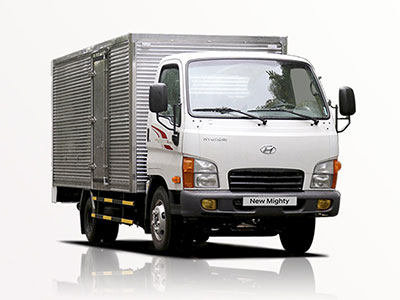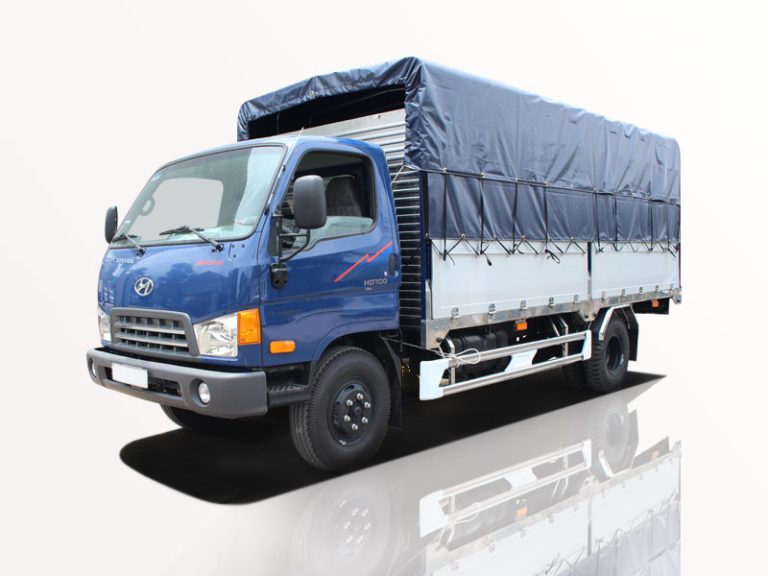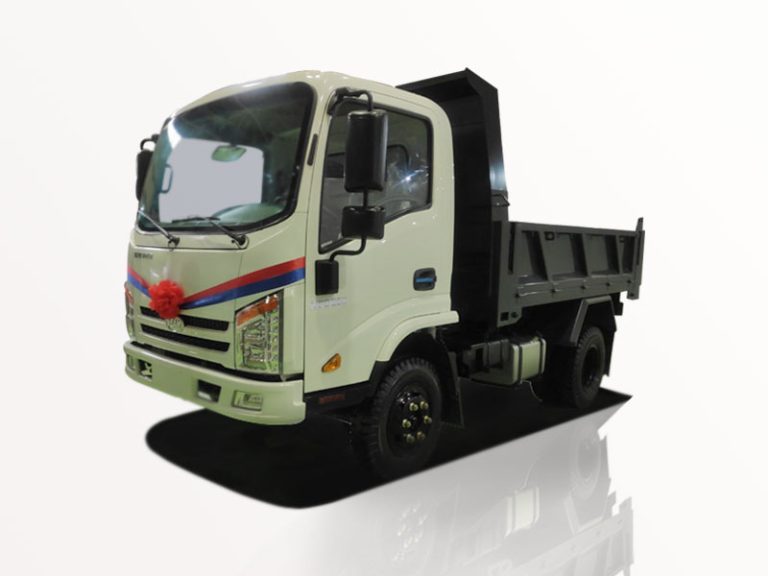When it comes to towing vehicles, the bed tow truck stands out as a versatile and highly functional choice. Whether you are a towing professional or a vehicle owner who occasionally needs roadside assistance, understanding the features and benefits of bed tow trucks can save you time and money. This comprehensive guide will explore everything there is to know about bed tow trucks, from types and features to practical tips and FAQs.
What is a Bed Tow Truck?
Bed tow trucks, commonly referred to as flatbed tow trucks, are equipped with a flat, horizontal bed that can be tilted or lowered to the ground. This design allows vehicles to be driven onto the bed or towed safely without additional wear and tear on the vehicle’s tires and drivetrain. Common in roadside assistance and towing companies, bed tow trucks offer a safe and efficient way of transporting vehicles.
Types of Bed Tow Trucks
Bed tow trucks can be categorized into several types based on their design and functionality. Understanding these types can help you choose the right one for your needs.
1. Standard Flatbed Tow Truck
The standard flatbed tow truck is the most common type. It features a flatbed that can be tilted and a winch system that helps load the vehicle onto the bed. These trucks are ideal for towing cars and light trucks.
2. Low-Profile Flatbed Truck
Low-profile flatbed trucks have a shorter bed and lower deck height, making them suitable for towing low-clearance vehicles such as sports cars and luxury vehicles. Their lower profile minimizes the risk of damage during loading and unloading.
3. Enclosed Bed Tow Truck
Enclosed bed tow trucks offer protection from the elements and potential theft. Often used by dealerships and specialty auto transport businesses, these trucks securely enclose the vehicle being towed, ensuring safety and privacy.
Key Features of Bed Tow Trucks
Understanding the key features of bed tow trucks will help in selecting the right model for your needs. Here are some essential features to consider:
1. Towing Capacity
Towing capacity is crucial. Bed tow trucks come in various capacities, from small models that can tow a couple of thousand pounds to heavy-duty options that can handle larger vehicles and trailers. Always check the towing capacity before purchasing or renting a truck.
2. Winch System
A robust winching system is essential for easier loading processes. Features like a remote-controlled winch can make it significantly easier to load vehicles, especially if they are disabled.
3. Flatbed Material
Flatbeds are typically made from steel or aluminum. Steel is durable but heavier, while aluminum is lighter but may not support as much weight. Consider the pros and cons of each material based on your towing needs.
Table: Comparison of Flatbed Materials
| Material | Weight | Durability | Cost |
|---|---|---|---|
| Steel | Heavy | High | Moderate |
| Aluminum | Light | Moderate | Higher |
Choosing the Right Bed Tow Truck
Selecting the right bed tow truck involves considering several factors, including purpose, budget, and frequency of use. Here are some tips to help guide your decision:
1. Define Your Needs
Understand whether you will be using the truck for personal or commercial purposes. For frequent towing, a heavier-duty model might be more suitable.
2. Budget Considerations
New bed tow trucks can be expensive. Assess your budget and consider not only the purchase price but also maintenance, fuel, and insurance costs.
3. Test Drive Options
Before making a purchase, take different bed tow trucks for a test drive. Pay attention to handling and ease of use.
Advantages of Bed Tow Trucks
Bed tow trucks offer numerous advantages, making them the preferred choice for many towing professionals. Here are some of the key benefits:
1. Damage-Free Towing
By lifting the entire vehicle off the ground, bed tow trucks minimize the risk of damage during transportation. This is particularly beneficial for low-clearance vehicles.
2. Versatile Functionality
Bed tow trucks can transport a range of vehicles, including cars, SUVs, motorcycles, and light trucks. Their versatility makes them valuable tools for towing companies.
3. Easy Loading and Unloading
With a tilting bed and winching capability, loading and unloading becomes significantly easier and safer. This saves time and effort, especially when dealing with disabled vehicles.
How to Operate a Bed Tow Truck Safely
Operating a bed tow truck requires expertise and adherence to safety protocols. Here are some tips for safe operation:
1. Pre-Trip Inspection
Always conduct a thorough pre-trip inspection. Check the tires, brakes, lights, and winch system to ensure everything is in working order.
2. Secure the Load
Use safety chains and straps to secure the vehicle being towed. Double-check that all connections are tight and secure before driving.
3. Drive Cautiously
Driving with a load requires a different approach. Operate the vehicle cautiously, keep a safe distance from others, and be aware of your stopping distance.
Maintenance Tips for Bed Tow Trucks
Regular maintenance is crucial for the longevity and performance of bed tow trucks. Here are some maintenance tips to keep them in top condition:
1. Regular Inspections
Schedule regular inspections to check components like the winch, bed, and lights. Early detection of issues can prevent costly repairs.
2. Lubrication
Ensure that all moving parts are properly lubricated. This minimizes wear and tear and helps the truck function smoothly.
3. Clean the Truck
Regularly clean the bed and exterior to protect against rust and corrosion. A clean truck not only looks better but lasts longer.
FAQs about Bed Tow Trucks
1. What is the difference between a bed tow truck and a traditional tow truck?
A bed tow truck, or flatbed truck, carries the entire vehicle on a flat surface, while traditional tow trucks may lift vehicles by their axles, which can cause damage to the towed vehicle.
2. How much can a bed tow truck tow?
Towing capacity varies depending on the make and model of the bed tow truck. Most standard models can tow between 5,000 to 10,000 pounds, while heavy-duty versions can handle up to 26,000 pounds or more.
3. Do I need special training to operate a bed tow truck?
While not always required, having training or certification in towing can be beneficial for safety and compliance with regulations.
4. Can I tow a vehicle with a dead battery using a bed tow truck?
Yes, a bed tow truck can tow vehicles with dead batteries. The winching system allows you to load such vehicles without needing to start their engines.
5. Are bed tow trucks expensive to maintain?
Like any vehicle, maintenance costs vary based on the model and how frequently it’s used. Regular maintenance helps avoid expensive repairs down the line.
6. What safety equipment should be included with a bed tow truck?
Safety equipment should include reflective triangles, wheel chocks, a first-aid kit, and a fire extinguisher. Some jurisdictions may have additional requirements.



